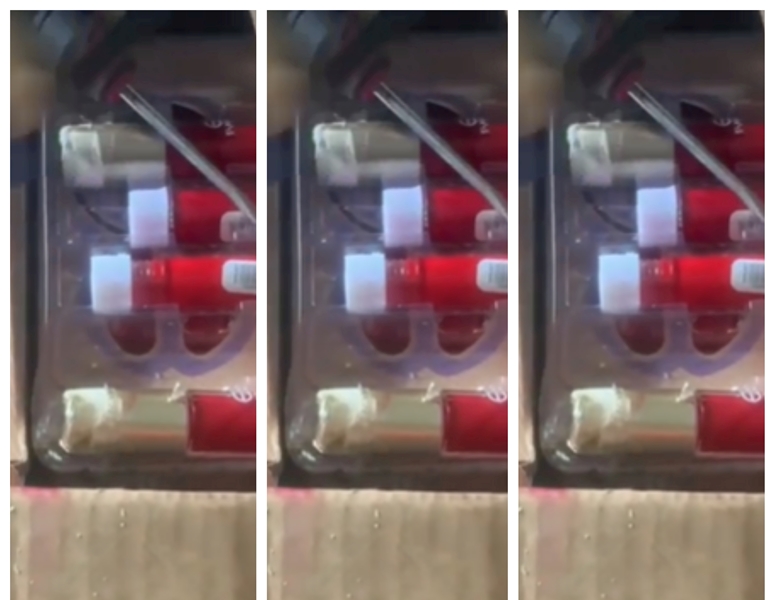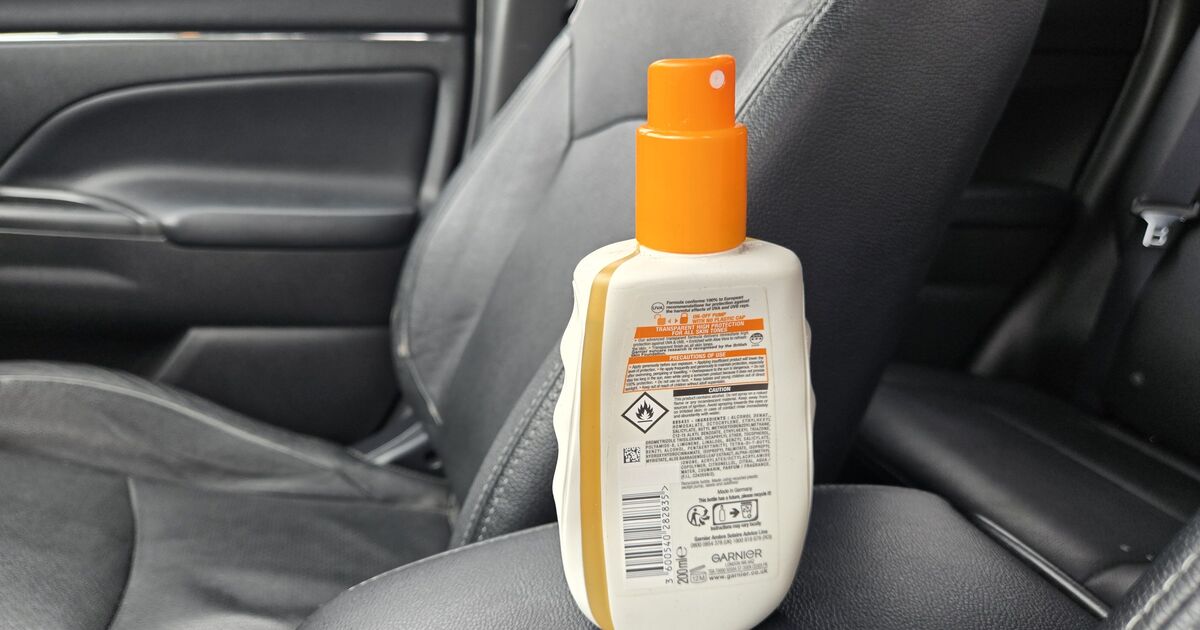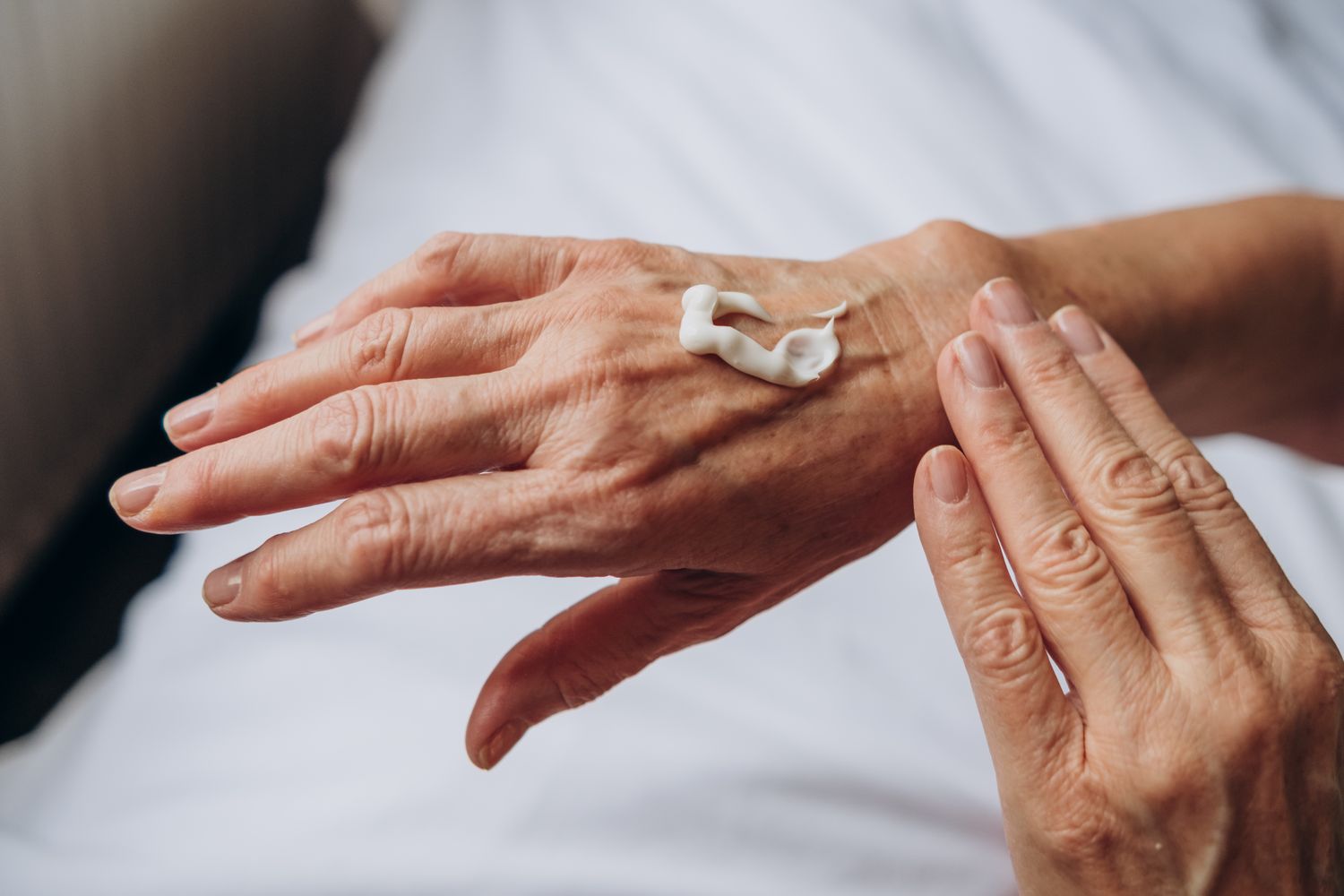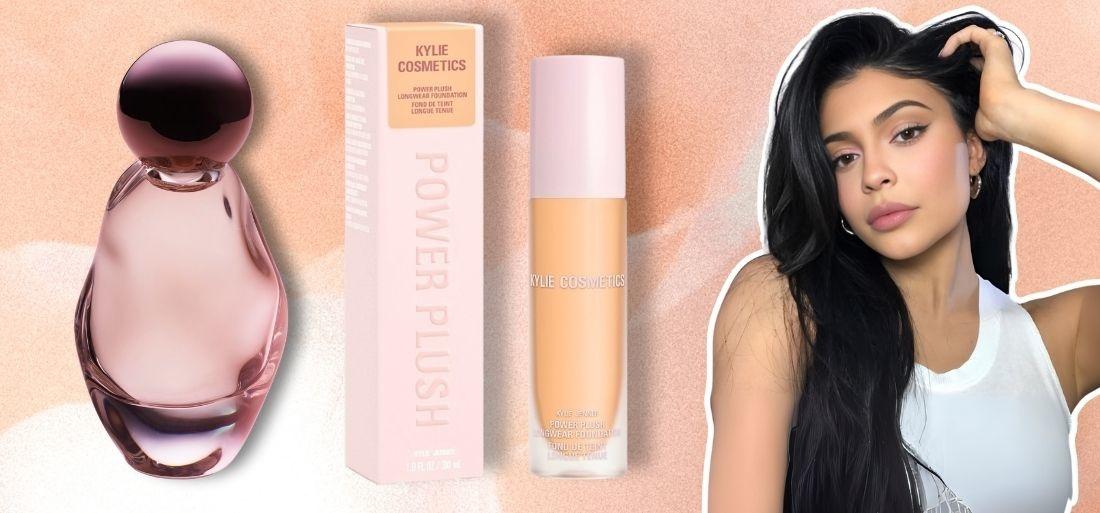Summary
According to NDLEA spokespersons, the concealment methods, using beauty products and official property documents, reflect a dangerous new trend among traffickers attempting to evade detection through increasingly deceptive means.
Source: P.M. News on MSN.com

AI News Q&A (Free Content)
Q1: How have concealment methods for drug trafficking evolved in recent years, particularly concerning cosmetics?
A1: Recent trends in drug trafficking indicate an evolution in concealment methods, with traffickers increasingly using everyday items like cosmetics to hide illegal substances. The NDLEA's recent bust involving cocaine hidden in lipsticks highlights this deceptive strategy. Traffickers aim to exploit the unsuspecting nature of beauty products and official documents, making detection more challenging for law enforcement agencies.
Q2: What role does the NDLEA play in combating drug trafficking in Nigeria?
A2: The National Drug Law Enforcement Agency (NDLEA) in Nigeria is tasked with eliminating drug-related activities, including the growing, processing, manufacturing, selling, and trafficking of hard drugs. Established in 1989, the agency operates at international airports, seaports, and borders, targeting narcotics leaders and money laundering organizations to curb the drug trade.
Q3: What are the potential health risks associated with using cosmetics as a medium for drug trafficking?
A3: Using cosmetics as a medium for drug trafficking poses significant health risks. Cosmetics contaminated with drugs can cause allergic reactions or skin irritations. Furthermore, the presence of illicit substances in beauty products challenges consumer safety and regulatory oversight, emphasizing the need for stringent checks and consumer awareness.
Q4: How does social media analysis help in identifying cosmetic allergies and product safety issues?
A4: Social media analysis plays a crucial role in identifying cosmetic allergies and product safety issues by leveraging text mining and sentiment analysis. Platforms like Facebook and Twitter provide real-time data, which can offer early clues about adverse reactions and counterfeit products. This approach helps manufacturers, regulatory bodies, and consumers to monitor and respond promptly to potential health risks.
Q5: What advancements have been made in predicting allergy seasons, and how might these relate to cosmetic allergies?
A5: Recent advancements in predicting allergy seasons include a novel multi-variate algorithm using triple-regression forecasting. This approach improves accuracy by integrating historical pollen data with meteorological signals. While primarily focused on airborne-pollen allergies, the methodology's precision could potentially be adapted to predict and manage cosmetic allergies, offering personalized solutions for affected individuals.
Q6: What findings have been reported in the management of contact dermatitis related to cosmetic products?
A6: Management of contact dermatitis related to cosmetics involves understanding the incidence and presentation of skin reactions. Studies indicate that products like tapinarof cream, used for treating plaque psoriasis and atopic dermatitis, are generally well-tolerated. Discontinuation due to dermatitis is rare, and reactions are often mild and self-limiting. Proper education on application techniques is crucial for minimizing adverse effects.
Q7: What global trends have been observed in cocaine trafficking, and how do they impact regions like Africa and Asia?
A7: Global trends in cocaine trafficking show a diversification of routes and networks, with a significant increase in supply and demand. While traditionally concentrated in the Americas and Europe, there is potential for expansion into Africa and Asia. This shift could pose new challenges for regional law enforcement and public health systems, emphasizing the need for international cooperation and strategic interventions.
References:
- National Drug Law Enforcement Agency - https://en.wikipedia.org/wiki/National_Drug_Law_Enforcement_Agency
- Cosmetics company denies involvement in drug trafficking - https://international.astroawani.com/malaysia-news/cosmetics-company-denies-involvement-drug-trafficking-268427
- Traveller jailed for cocaine-filled suitcase and cosmetics - https://www.customs.govt.nz/about-us/news/media-releases/traveller-jailed-for-cocaine-filled-suitcase-and-cosmetics
- Cocaine trafficking diversifying through new hubs - https://www.unodc.org/unodc/frontpage/2023/March/cocaine-trafficking-diversifying-through-new-hubs-and-groups--with-global-supply-at-record-levels--says-new-report-from-the-united-nations-office-on-drugs-and-crime.html
- A Multi-Variate Triple-Regression Forecasting Algorithm for Long-Term Customized Allergy Season Prediction - Xiaoyu Wu, Zeyu Bai, Jianguo Jia, Youzhi Liang
- Characteristics and management of follicular events and contact dermatitis - https://pubmed.ncbi.nlm.nih.gov/
- Social Media Analysis for Product Safety using Text Mining and Sentiment Analysis - Haruna Isah, Daniel Neagu, Paul Trundle





